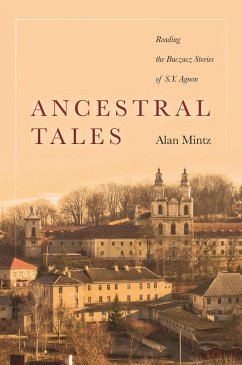

Nonetheless, one of the volume’s coeditors confesses that until late adulthood he had found Agnon’s stories “evocative rather than inspiring” (p.

Berger underscores that Agnon’s characteristic “blend of traditional Jewish piety and Jewish modernism” appealed to the students and faculty of the Modern Orthodox Yeshiva University, as did his evocation of their shared ancestry in a destroyed European Jewish world and their mutual commitment to Jewish life in Israel (p. The last chapter, “Agnon at Yeshiva University,” recalls his historic visit to New York in 1967, a year after the Nobel, to receive an honorary doctorate in Hebrew letters from Yeshiva University. However, in light of his choice to write in Hebrew, live in Israel, and orient even his diasporic tales toward a grand vision of national redemption in Zion, this volume is a welcome reminder of Agnon’s main commitments.Įmerging from a conference that was hosted at Yeshiva University’s Center for Israel Studies in New York to mark the fiftieth anniversary of Agnon’s Nobel Prize, this volume contains twelve chapters, a foreword, and prefaces. It is important to assess the diasporic experience in Agnon’s life and work, and as such, the diasporic turn was a welcome and necessary corrective to any narrow Zionist focus on his worldview and fiction. I enjoyed it in part because of the unusual variety of approaches from librarians, translators, rabbis, and academics representing diverse types of institutions, but also because it complements the recent emphasis on Agnon’s tales about the Holocaust and the eastern European town he left behind as a youth.

I have seldom enjoyed a scholarly anthology as much as this compilation of essays emphasizing the role of the Land of Israel in the life and work of literary Nobel laureate S.

Reviewed by Yael Halevi-Wise (McGill University)Ĭommissioned by Robin Buller (University of California - Berkeley) Agnon's Tales of the Land of Israel.Įugene: Pickwick Publications, 2021.


 0 kommentar(er)
0 kommentar(er)
